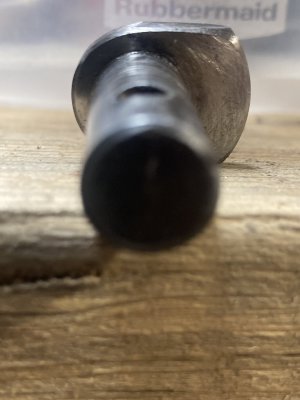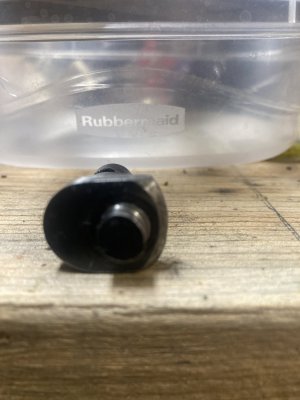Im not following you , the posts are offset to each other.I think it would have been easier doing the offset journal in a second ops. Chuck your material and cut that diameter with the cross hole. Then put in 4jaw side you just cut in jaws. Offset material in chuck whatever that number is. Then cut that major diameter and the other side. Cut off excess done.
With how you cut the offset first you will have to flip the part, re-offset your offset to cut on center of the material. Then cut your shaft. That make sense?
I guess I dont see a way to machine 2 posts off set 180’ with out offsetting the offset?
Guess I would have to see that on video?
Its been a struggle just trying to figure out how to lay it out




